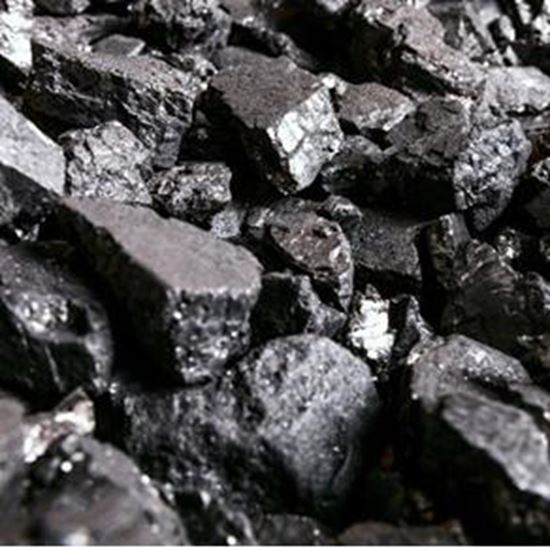Price Chart
Granulated anthracite coal, from zero size to required sizes in different packages
PCZEH25112-1
-
Call for Price
Share In

